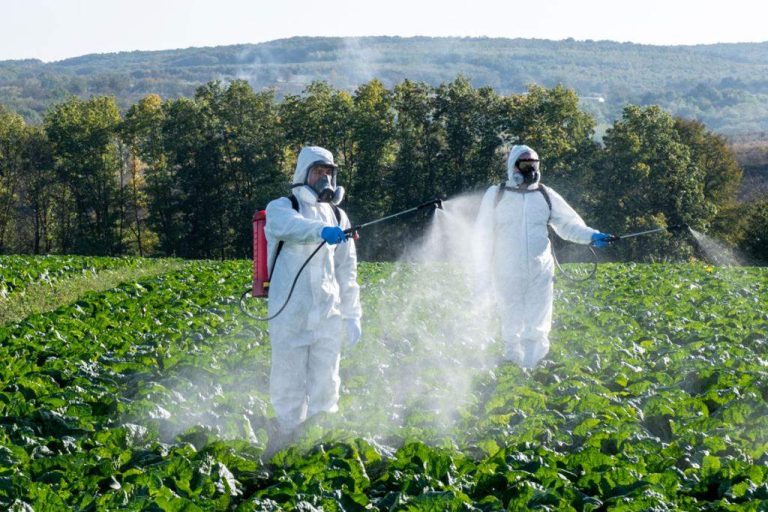Over the past few years, severe flooding has destroyed property and human health in certain areas of the country, and the aftermath can be equally destructive. After a flood, pest issues can worsen an already hard recovery and rehabilitation process in the days and weeks that follow. The two main factors that allow bugs to thrive are an abundance of water and waste. This affects cockroaches and rodents as well as flies, especially mosquitoes and house flies. See details on what to do for pest management after flooding.
Steps to take to manage pests after flooding
Here are some steps to reduce pest pressures after flooding
-
Check your property
Inspect your property for any damage that might let rodents or pests inside structures or allow wildlife to enter. Implementing exclusionary measures is an important initial step that needs to be given the proper level of importance. While resources are limited, keep in mind that short-term exclusion measures are still far superior to none at all.
-
Close the windows
Keep windows and doors closed. Size 30 mesh screens or smaller should be installed in any outside openings.
-
Remove stagnant water
Every week, remove any objects or places that contain standing water, such as tires, containers, flower pots, cups, bowls, empty bottles and cans, and buckets. Mosquitoes can breed in any area that has water that is at least half an inch deep.
-
Remove garbage
Find the sources of organic matter and garbage, then dispose of them in dumpsters, tightly fitted containers, or sealed trash bags. These resources are used by rodents, roaches, and filth flies, which grow there. To make sure that treatment operations are as effective as possible, note the location of any animal remains or other areas that cannot be treated properly and inform your pest management provider.
-
Protect yourself
Personal protection is also very important. Put on closed-toe shoes, long sleeves, and long pants. Use an EPA-registered insecticide that contains DEET, picaridin, IR3535, or oils of lemon eucalyptus to protect your skin from biting flies.
-
DIY ideas
Until damaged windows and doors can be replaced correctly, cover them with plywood. Your home’s exterior may be an attraction for pests if there are any broken, cracked, or damaged parts.
-
Use dehumidifier
After a flood, use a dehumidifier and a lot of box fans to control humidity and quickly dry out the house. In general, pests favor warm, humid conditions. Your home will be less attractive to pests if you remove moisture and dry out the rooms.
-
Clear organic matter came from outside
Clear out all organic matter and debris that the floodwaters brought into your house. When sewers overflow, waste and other organic waste get dumped into the house, which tends to draw pests. The key to keeping pests out of those parts of your home affected by floods is to eliminate debris, clean, and properly sanitize those areas.
-
Remove dead plants and plant debris
Remove decaying timber, flooring, drywall, and other physically damaged areas of your house as soon as you can. These materials promote the growth of mold, which is appropriate food for plenty of pests. Additionally, mold growth is dangerous to both humans and animals.
-
Contact pest control
Have your pest control experts apply an insecticide barrier around your house as soon as the water decreases. Flood waters have the ability to dilute or wash away many of the treatments from your regular pest control program. Your best chance of preventing infestation after a flood is to apply an insecticide barrier around your house as soon as possible.
Conclusion
Floods can be disastrous and cause disruptions. The last thing you need is pests breaking into your house and making an already difficult task even more challenging when you have a big cleanup ahead of you. Contact a pest control expert who is ready to help you keep the pests at bay so that you can focus on your next recovery.


Comments are closed.